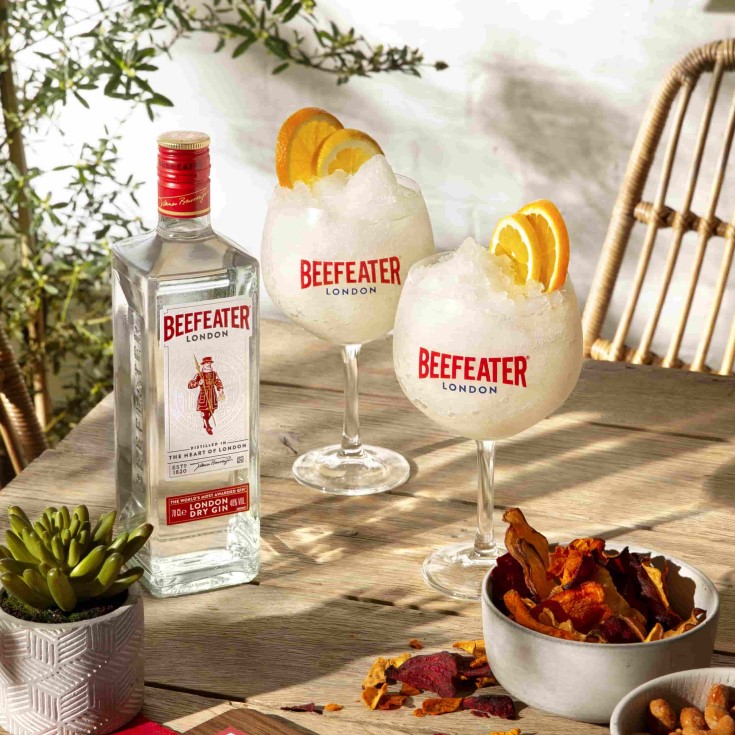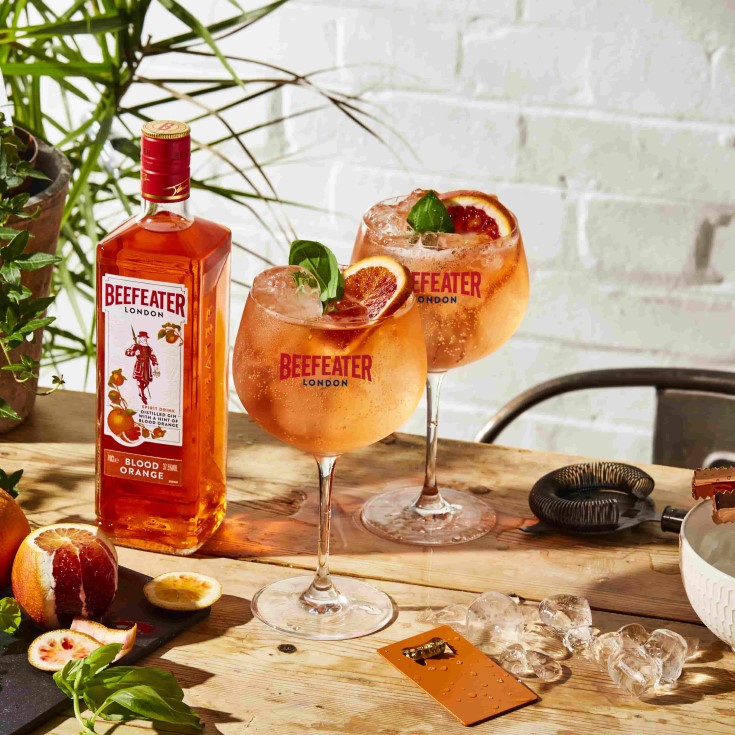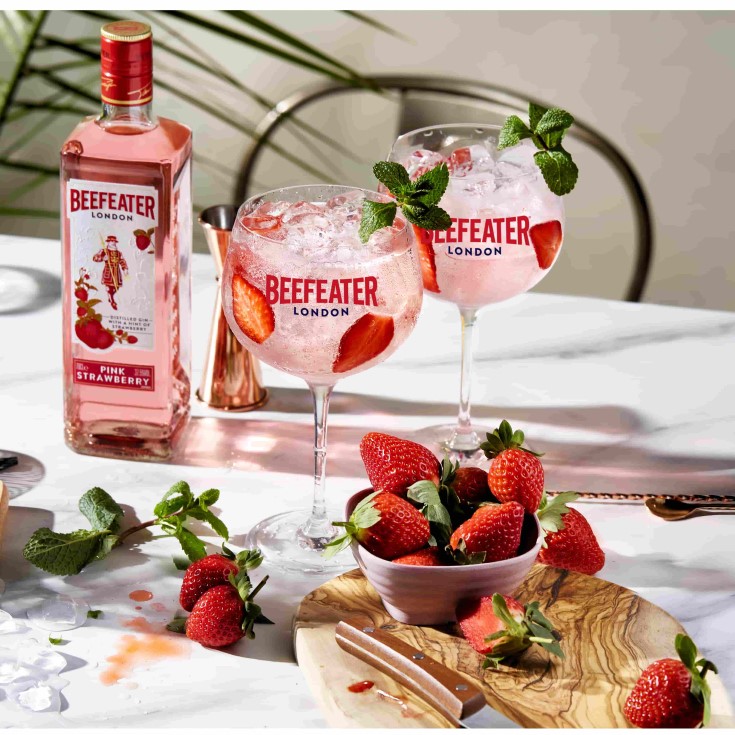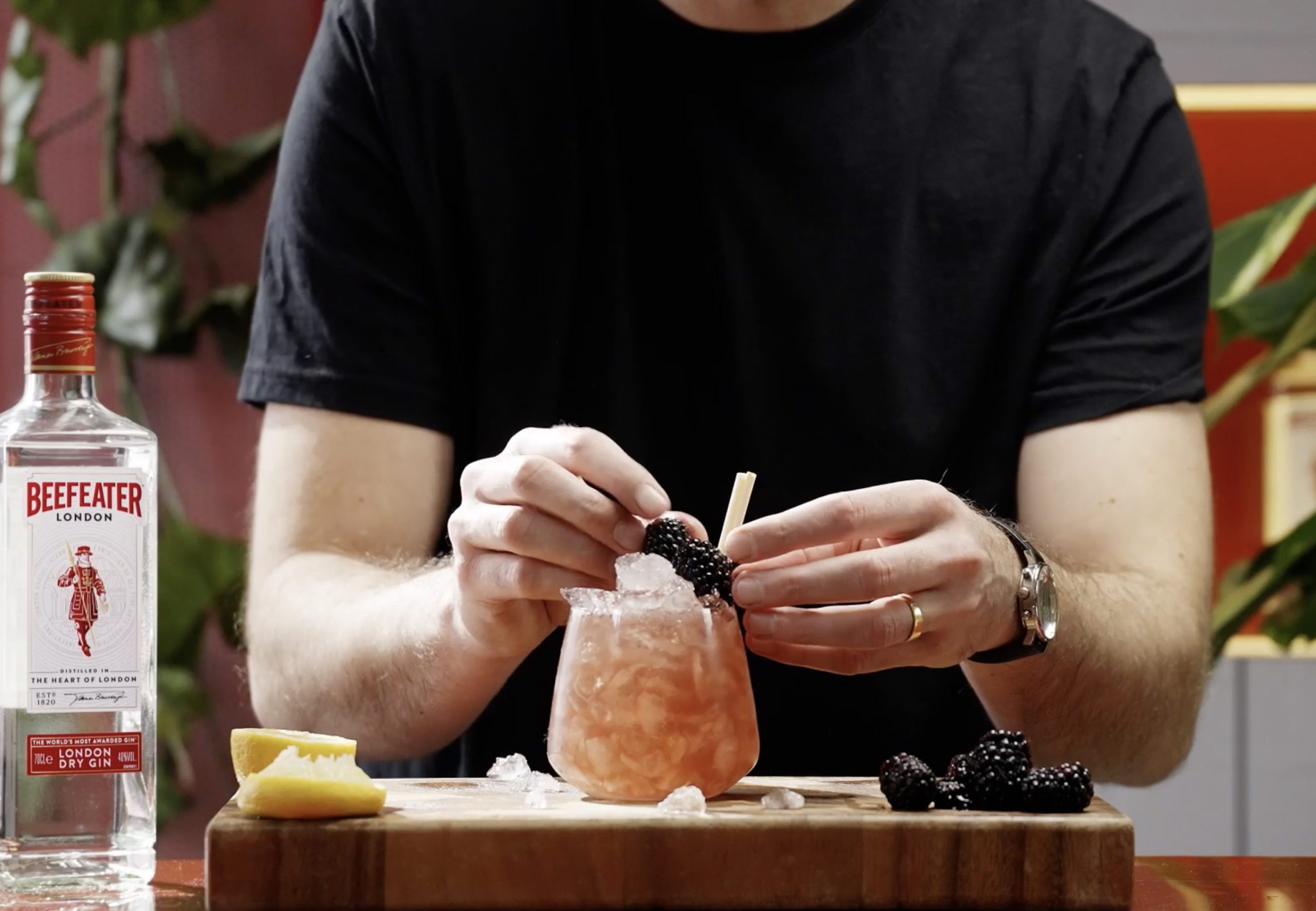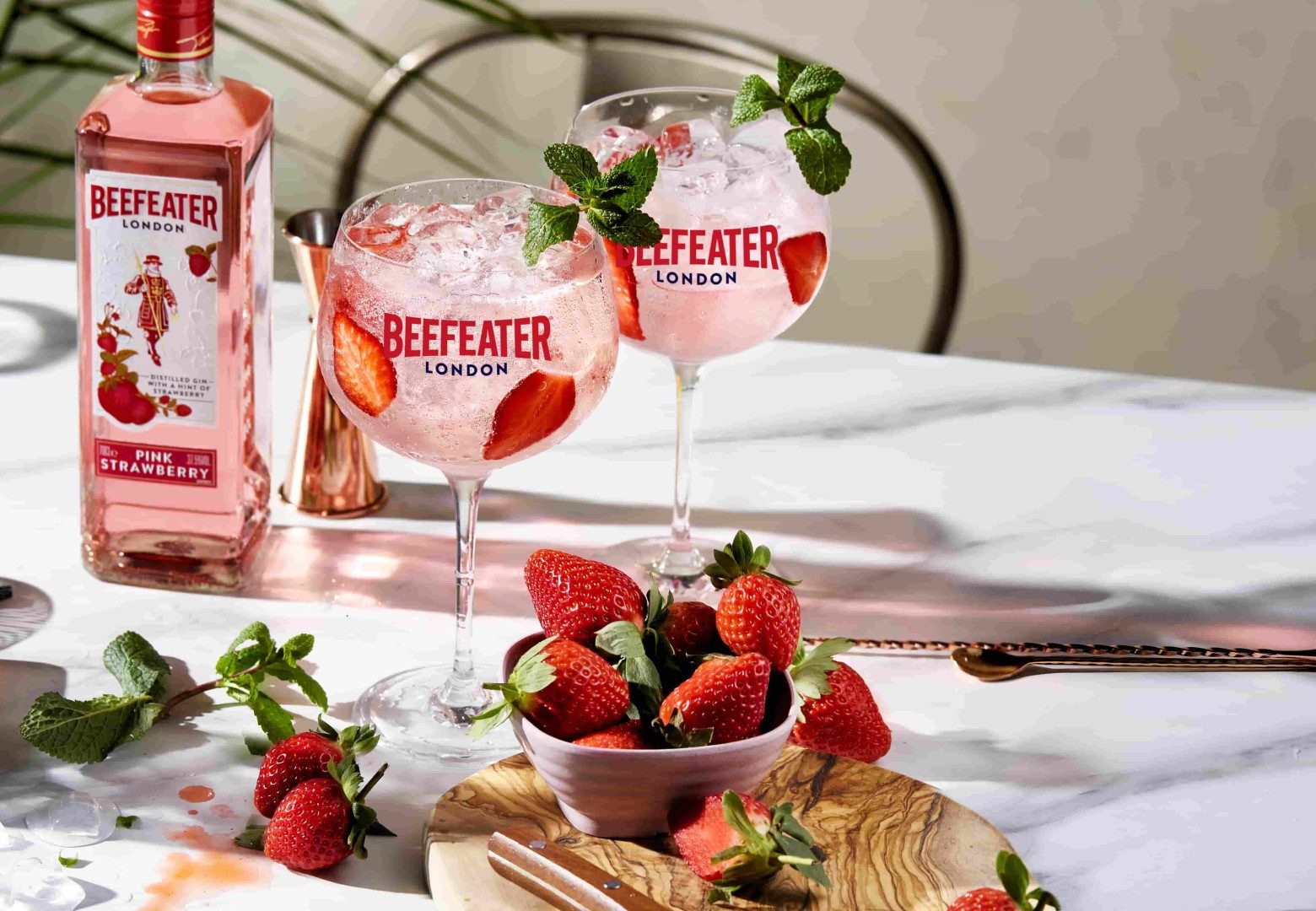The gin and tonic is the quintessence of a refreshing spirit and mixer. It is a delicious and simple serve that has been enjoyed all over the world for decades. And interestingly, we have seen the gin and tonic evolve quite significantly over the last 10 years or so.
But this classic gin drink actually has a fascinating history that dates back hundreds of years. From its origins as a medicinal cocktail to its introduction into British society.
Here we look into the history of the gin and tonic, and how it became one of the world’s most popular mixers.
What is the origin of gin and tonic?
There’s many stories as to where the gin and tonic first originated. Gin dates back to the 17th century where alchemists in the Netherlands started distilling spirits from grain. Here a juniper-flavoured spirit was infused with botanicals and called ‘jenever’ – find out more about the history of gin in our guide.
But it wasn’t until a couple of hundred years later that gin and tonic were first paired. Tonic water was a reliable treatment for widespread malaria due to one of its main ingredients, quinine. Extracted from the bark of the cinchona tree, quinine is what gives tonic water its bitter taste. And is what helped to save thousands of lives.
In the 19th century, The sailors and soldiers of the British Army started adding gin to tonic water to improve the taste of this remedy drink whilst travelling in India. And it’s for this reason that classic tonic water is known as ‘Indian Tonic Water’.
Winston Churchill later declared gin and tonics to have ‘saved more Englishmen’s lives, and minds, than all the doctors in the Empire’. And you can’t argue with that. With such an endorsement, the G&T soared in popularity, with Brits adding extra flavours and garnishes for extra health benefits and flavour.
In the 1950s, the gin and tonic had become a renowned cocktail in its own right, upping the ratio to more than a small splash of gin; now the medicinal benefits were less important.
Who invented the gin and tonic?
We’re not sure who exactly first came up with the idea for a gin and tonic. But the first known records of this classic mixer are found in the Oriental Sporting Magazine in 1868. Here it was referred to as a cocktail enjoyed by lively attendees at the end of a horse race. Refreshing, light and anti-malarial – it’s no surprise the G&T was a Victorian hit.
What’s the traditional serve for a gin and tonic?
Back in the day, you may have seen it served in a rocks glass, two or three pieces of ice that are already pretty melted and a very dry wedge of lime. To be honest, there is nothing wrong with this.
But in recent years, a new style of gin and tonics has arrived in Spain, the pulse and trendsetters of gin today. Called the Gin-Tonic, the Spanish started serving theirs in big, beautiful copa glasses, with thyme, olives and grapefruit garnishes.
Nowadays there’s an array of different tonics and your garnish options are endless. There’s also plenty of ways to mix things up with flavoured gins like our rhubarb & cranberry gin and tonic, peach & raspberry G&T, and gin and tonic with lemon. One of the most popular variations today is the pink gin and tonic, which uses berry flavoured pink gin for a fruitier, sweeter serve.
You can also put a creative spin on the classic by adding a hot or icy twist. A frozen gin and tonic made with extra blended ice is perfect for summer drinking. Whilst a warm G&T can be achieved by using hot water and tonic syrup as well as festive garnishes such as orange peel and cinnamon sticks.
These are just some of the reasons the Gin and Tonic has fast become one of the most enjoyed spirit and mixers in the world. Firstly there is a gin for everyone. And secondly, it is a blank canvas that you can make your own.
Personally I like mine classic and prefer to keep it simple! My choice of gin, Beefeater London Dry Gin, of course. As I love the complex juniper and citrus notes.
When it comes to the tonic, I also go classic with an Indian tonic water. Flavoured tonic waters are lovely, however, I like to taste my gin without the introduction of other flavours.
I always opt for a 1:3 ratio (i.e. 50ml Beefeater Dry, 150ml Tonic water) – Often people tend to over dilute because of the big glasses we enjoy today, therefore I tend to opt for a Collins glass. It allows me to control the dilution a bit more. Fill with ice. This doesn’t only keep your drink cold but it slows down dilution.
And when it comes to garnish, I always recommend garnishing a G&T with botanicals that are in fact in the gin, therefore I love my Beefeater Dry and tonic with a wheel or orange and lemon.
At the end of the day, the beauty of the G&T is that there are no rules. It’s there to be enjoyed- responsibly of course!
Find more gin cocktails to make at home with Beefeater including other popular gin mixers. Or discover our guide to the different types of gin as well as the lowdown on gin botanicals.

